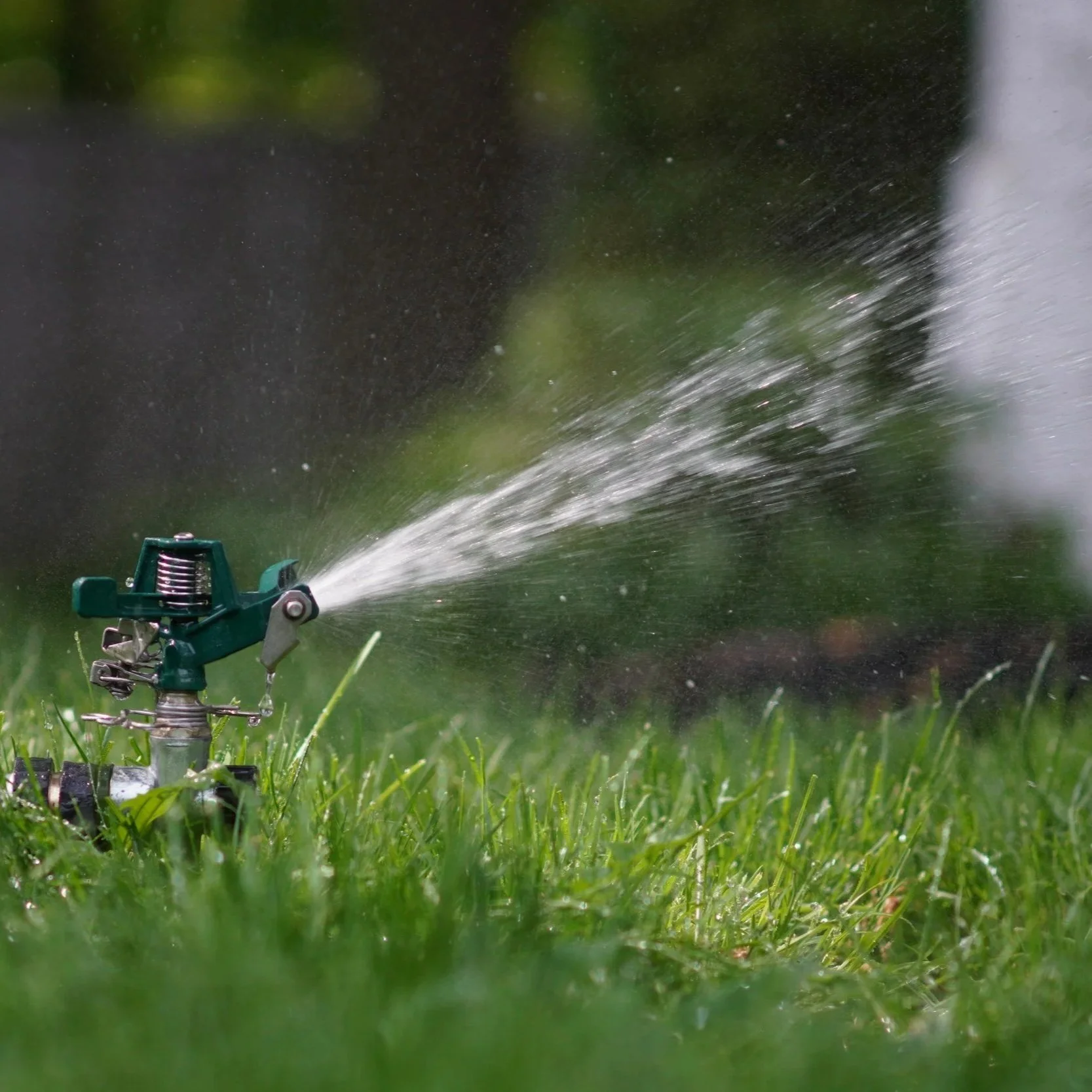Reliable Performance: Bringing Jet Pumps Back to Life
These pumps combine suction and pressure to transport water efficiently from wells, reservoirs, or other sources.
Jet pumps are crucial components in water systems designed to deliver a reliable water flow for residential, agricultural, and industrial applications. These pumps combine suction and pressure to transport water efficiently from wells, reservoirs, or other sources. Over time, operational issues may arise, disrupting performance and leading to inefficiencies. Restoring their functionality requires expert solutions, precision, and an understanding of their complex mechanics. A pump repair expert brings the expertise needed to diagnose problems and implement effective solutions.
Understanding How Jet Pumps Operate
Jet pumps rely on a combination of pressure and suction to move water through a system. Key components include the impeller, diffuser, and venturi. These parts work together to create a pressure differential, which drives water from the source to the desired location. The proper functioning of these components is vital for maintaining a steady water flow and system efficiency.
Challenges often arise when wear, debris or other issues disrupt the system's balance. Diagnosing and addressing these challenges requires specialized knowledge of jet pump mechanics and precision in repair techniques.
Identifying Common Jet Pump Issues
Loss of prime is a frequent issue with jet pumps, often caused by air entering the suction line or a drop in water levels at the source. Without a proper seal, the pump cannot maintain the suction needed for operation. Cavitation, another common problem, occurs when air bubbles form and collapse within the pump. This process can damage internal components and is typically caused by blockages, low water levels, or mismatched pump capacity.
Noisy operation is often a sign of mechanical wear, loose components, or debris in the pump housing. Grinding, rattling, or other unusual sounds warrant immediate attention to prevent further damage. Reduced water pressure, often associated with clogged impellers, damaged seals, or incorrect pump settings, can impair system performance. Overheating, caused by prolonged use, inadequate ventilation, or friction from worn components, poses significant risks to pump longevity.
Addressing these issues promptly is crucial to restoring the pump's reliability and preventing further damage.
Diagnosing Jet Pump Problems Accurately
Accurate diagnosis is a vital step in resolving jet pump issues. A pump repair expert utilizes specialized tools and techniques to identify the primary cause of a problem. Inspections of the suction line may reveal leaks or blockages, while evaluations of the impeller and diffuser can identify wear or damage. Measuring water levels helps determine whether the pump's capacity matches the source, avoiding issues such as cavitation or inefficiency.
Targeted diagnostic methods allow professionals to develop tailored solutions that address the underlying issue, restoring optimal performance while minimizing the risk of recurrence.
Solutions for Restoring Jet Pump Functionality
Repairing a jet pump involves addressing both visible symptoms and underlying causes. Sealing leaks in the suction line or pump casing restores the pump's ability to draw water effectively. High-quality sealing materials and precise application techniques provide a durable fix. Cleaning internal components such as the impeller, diffuser, and venturi removes debris and buildup that can obstruct water flow.
When parts are damaged, replacing them with compatible, high-quality components ensures the system operates smoothly. Adjusting pump settings, such as pressure switches, restores consistent water pressure and eliminates operational inefficiencies. Balancing the pump's capacity with the water source prevents strain on the system and reduces the risk of recurring problems.
Each step of the repair process requires expertise and precision to maintain the system's integrity and performance.
The Value of Preventive Maintenance
Preventive maintenance is fundamental for extending the life and enhancing the performance of a jet pump. Regular inspections allow professionals to identify potential concerns early, reducing the likelihood of costly repairs or system downtime. Cleaning and lubricating moving parts minimizes wear, while inspecting seals and connections prevents air leaks that could disrupt the operation.
Testing the system's efficiency verifies it operates within its intended parameters. Routine maintenance also includes updating components and verifying compliance with current standards, enhancing both safety and performance. Preventive care by a pump repair expert not only addresses immediate concerns but also strengthens the pump's overall reliability.
Relying on Professional Expertise for Jet Pump Repairs
Complex jet pump problems often require the skills and knowledge of a pump repair expert. Professionals have the expertise needed to address complex challenges, from accurately diagnosing issues to implementing effective solutions. Their expertise includes evaluating the entire system, identifying both immediate and underlying problems, and applying precision techniques to restore optimal functionality.
Expert solutions extend beyond repairs to include recommendations for system improvements, such as upgrades to modern, energy-efficient components. These enhancements improve overall efficiency, reduce energy costs, and align with sustainability goals.
Restoring Reliability and Confidence
Jet pumps play a crucial role in maintaining water systems for various applications. Addressing issues promptly with the help of a pump repair expert ensures reliability and prevents unnecessary disruptions. Expert care not only resolves current problems but also builds confidence in the system's performance, allowing it to operate smoothly for years to come. By trusting professional expertise, water systems can maintain their reliability and efficiency, supporting a wide range of essential functions.

